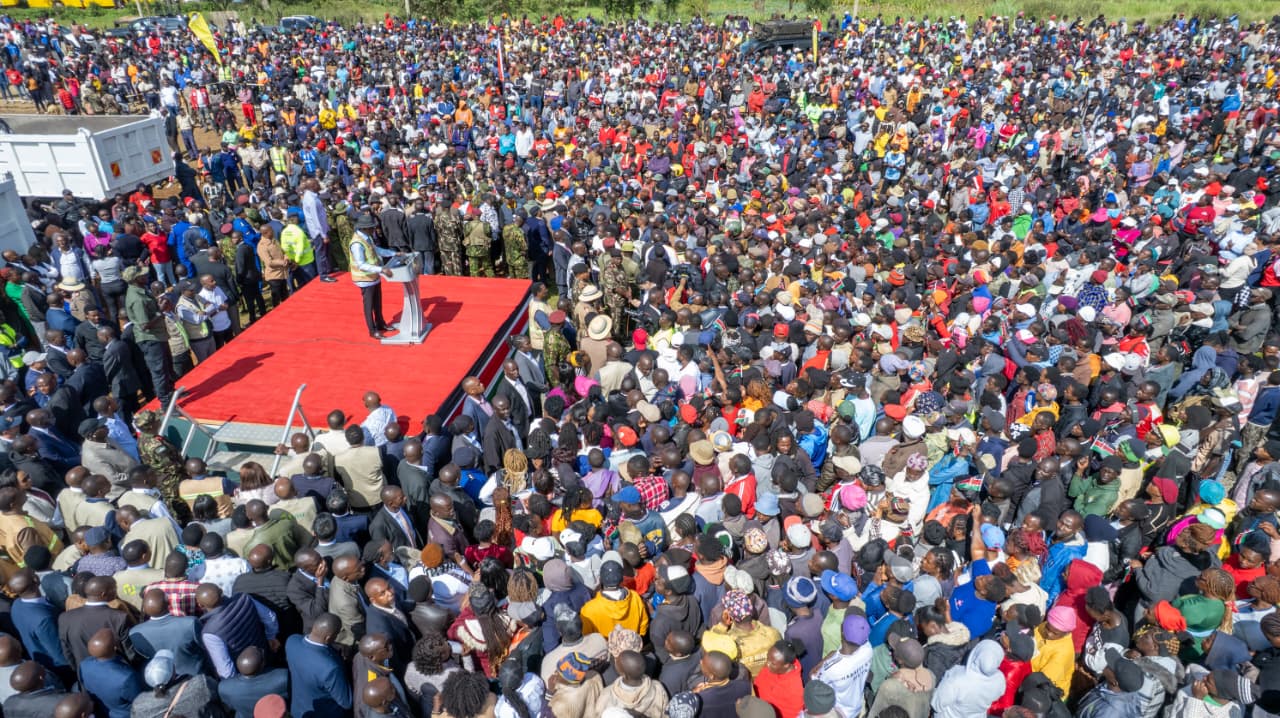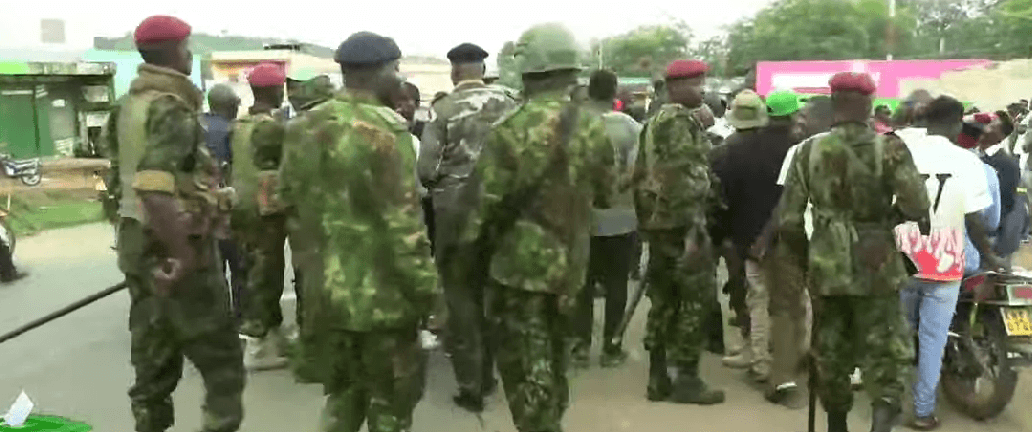

Kenya will extend the Standard Gauge Railway from Naivasha to Kisumu and onward to Malaba beginning January 2026, President William Ruto has said.
Ruto made the remarks in Kiambu County during the launch of the Nairobi–Nakuru–Mau Summit and Nairobi–Maai Mahiu–Naivasha public–private partnership road projects.
He said the SGR extension will “close the loop,” connect the region and position Kenya as the centre of East Africa’s transport and logistics network.
“We will expand and upgrade our airports and ports, and beginning in January 2026," he said.
"We shall extend the Standard Gauge Railway from Naivasha to Kisumu and onward to Malaba, closing the loop, connecting the region, and positioning Kenya as the heart of East Africa’s transport and logistics system."
Ruto said the extension is part of a wider programme to modernise transport corridors and strengthen Kenya’s role in regional trade.
He said new highways, airports, ports and rail links will support faster movement of people and cargo.
“These infrastructure efforts will boost competitiveness, lower business costs, and connect Kenya more efficiently to regional and global markets,” he said.
He added that the country will finance these projects through a National Infrastructure Fund and a Sovereign Wealth Fund to reduce reliance on external debt.
“This approach will reduce our dependence on debt and build long-term national wealth for generations to come,” he said.
Ruto said the investment plan is intended to drive economic transformation, industrial growth and job creation under the Bottom-Up Economic Transformation Agenda.
“This is how we empower farmers, manufacturers, transporters and families. This is how we ensure that development is not a privilege, but a birthright,” he said.
He urged contractors, local businesses and communities to uphold transparency and quality as major infrastructure works roll out across the country.
“Together, we must guard quality. Together, we must uphold transparency,” he said.
“Because ultimately, this is not about the kilometres we pave. It is about the lives we change.”
Earlier in the month, during the ODM@20 celebrations, Ruto said the expansion will bring into fruition a project which was originally part of Raila Odinga's infrastructure agenda.
"This SGR project was in the ODM manifesto. That is why I must extend the railway from Naivasha to Kisumu to Malaba. And by the way, I’m going to begin moving it by January," he said then.
Project funding
Roads and Transport CS Davis Chirchir said the government plans to utilise the railway levy charged on imported goods to boost funding for the extension
This, even as it makes advances in consultations with development partners on other funding modules for the 475-kilometre line SGR phase 2B (Naivasha-Kisumu) and 2C (Kisumu-Malaba), set for construction at an estimated $5 billion (Sh645.8 billion).
The project involves compensation of individuals affected by the project, which will run through Narok, Bomet, Nyamira, Kisumu and finally Busia county.
Feasibility and Environmental and Social Impact studies have so far been completed, with the government committing to develop the project concurrently with Uganda, with South Sudan also being roped into the East Africa Rail Corridor.
Chairing a ministerial meeting in Nairobi earlier on, attended by his Ugandan and South South Sudan counterparts, he said Kenya is keen to kick-start the project as Uganda is already making progress.
“We do have a clear programme, and we are consulting development partners on some of the financial closures that we need to finish to fund this infrastructure. The project is not cheap,” Chirchir said.
The Kenya Railway Development Levy (RDL) raises approximately Sh50 billion annually, a figure based on recent estimates of a two per cent levy on the value of imported goods.
For the 2023-24 financial year, the government collected about Sh31.7 billion under the old 1.5 per cent rate. The rate increased to two per cent effective December 27, 2024, and this higher rate is expected to significantly increase the total annual collection.
Chirchir ruled out any plans to further increase the levy, noting that other financing models and partnerships will be considered.
For instance, plans are in place to concession SGR freight operations and support neighbouring countries in setting up logistics hubs in Kenya.
"We are securing railway development revenue of about Sh40 billion every year, and so we have a good stream of development levy which is ring-fenced to build the railway, but if you look at that funding froma casual perspective, it is not enough to build the railway in two or three years,” Chirchir said.
Extension of the rail to Malaba and into the hinterland is expected to boost trade along the Northern Corridor, which runs from the Port of Mombasa into Uganda, South Sudan, DR Congo, Burundi and Rwanda.


















